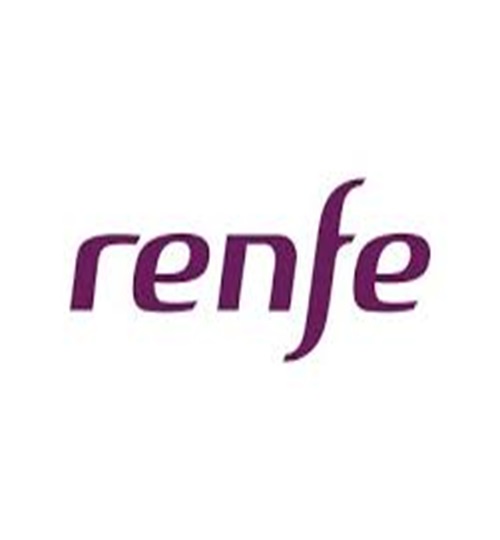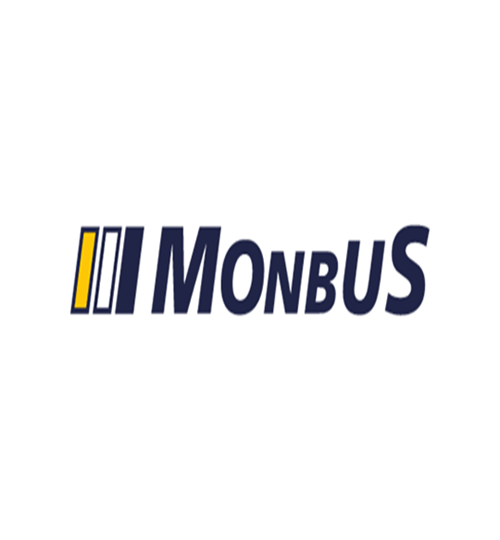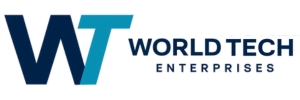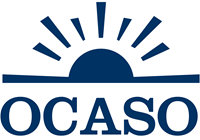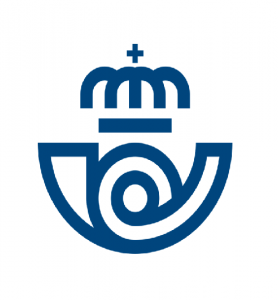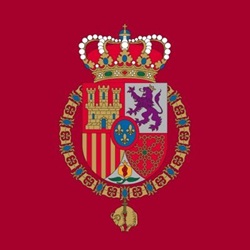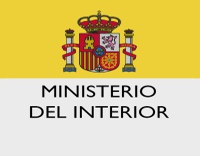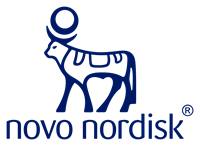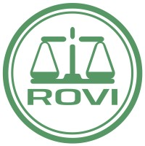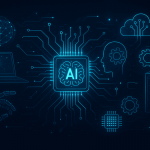
Self-Service Solution

Self-Service Solution
IoT – Sensor integration
Sensors integration
We connect all types of sensors, actuators, etc. to a platform designed to process and analyze the data they generate.
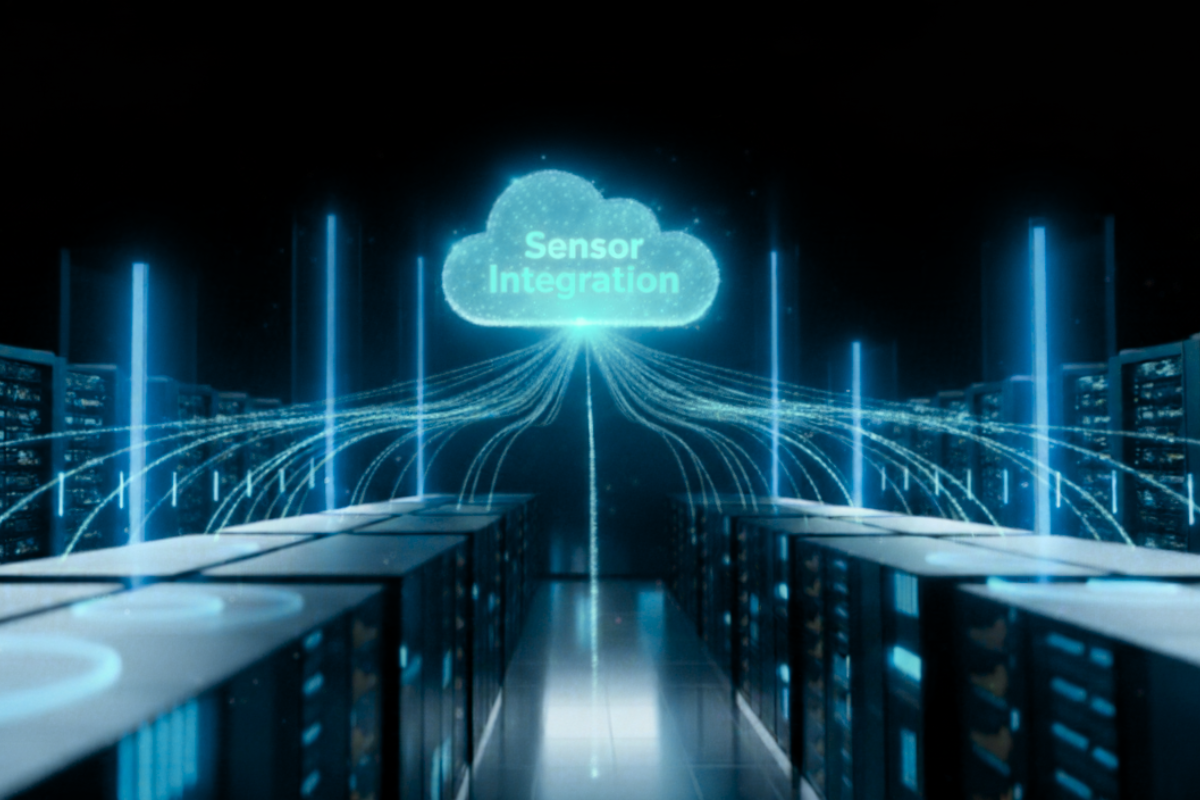
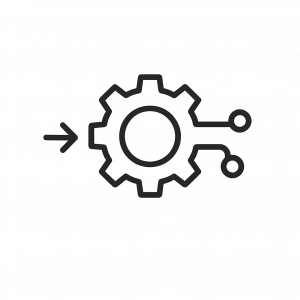
High-level integrations
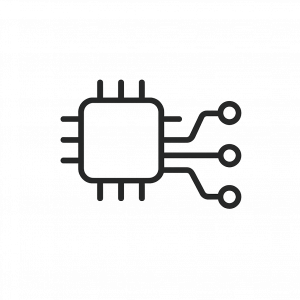
Low-level integrations

01
High-level integrations
The platform connects directly to the sensor service. A simple request is sent and the generated data, such as real-time readings is received. The platform also enables continuous
monitoring of sensor status .
Low-level integrations
- Used for simpler or legacy sensors that do not support direct connections.
- The platform connects directly to the sensor hardware, basic communication protocols, or even by programming an interface. Raw (unprocessed) data is collected and sent to the platform, where it is analyzed.
02

The platform connects directly to the sensor hardware, basic communication protocols, or even by programming an interface. Raw (unprocessed) data is collected and sent to the platform, where it is analyzed.
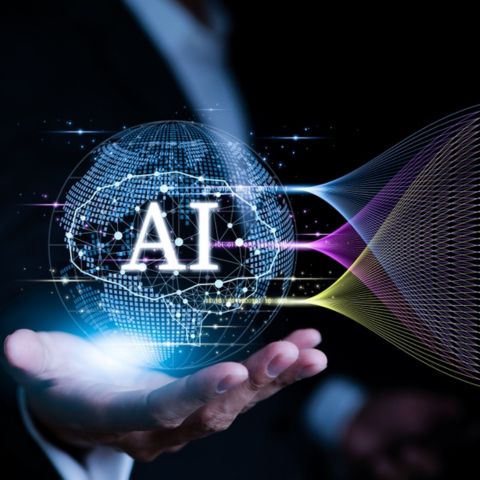
03
The goal of both integration types is to collect sensor data in order to:
- Obtain information about the sensorized assets for analytics, business insights, etc. Monitor their correct operation
- The collected data can be transferred to the GAM console for monitoring, and additionally, ML and AI prediction techniques can be applied, allowing clients to know the current operational status and technical condition of their systems in real time.






